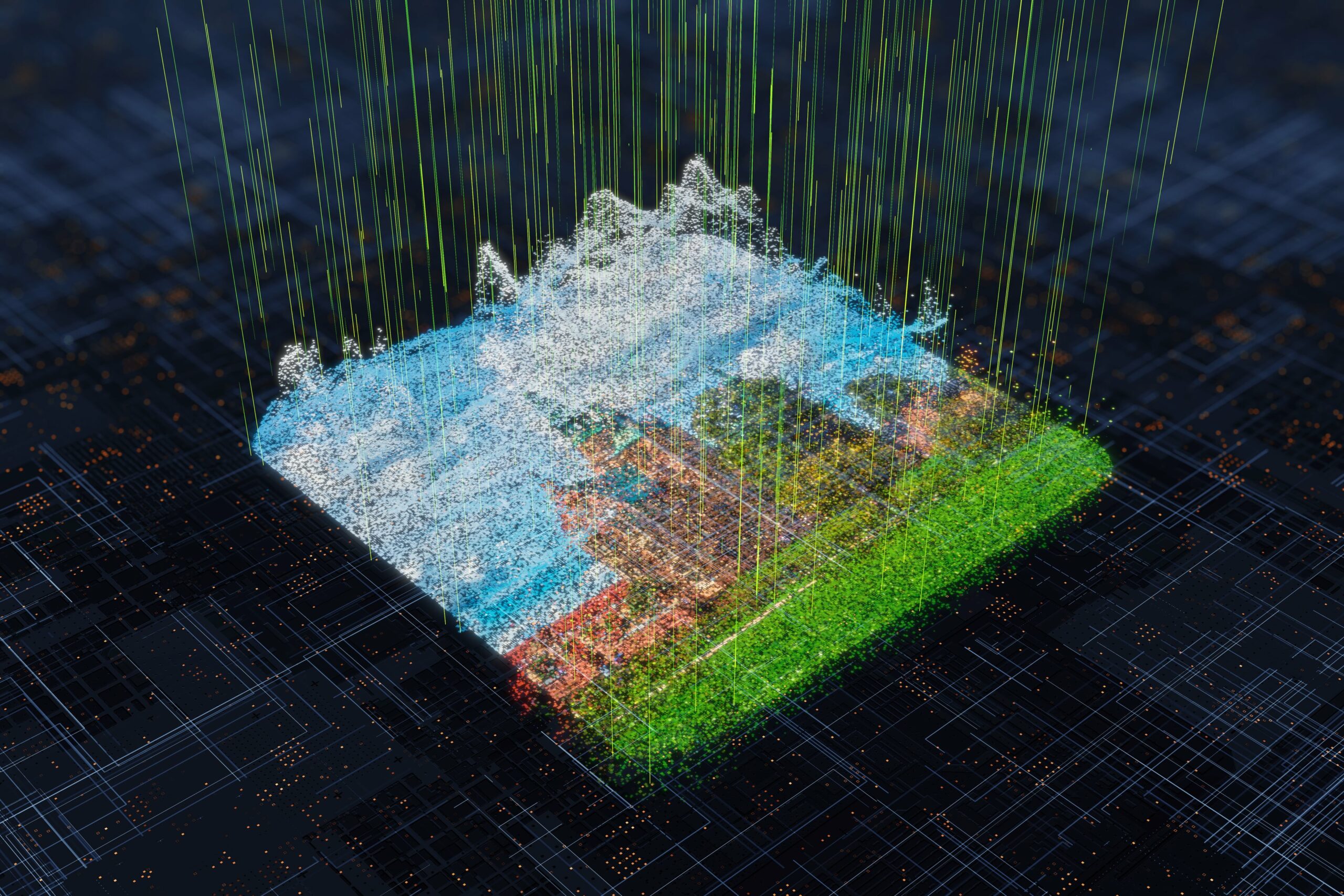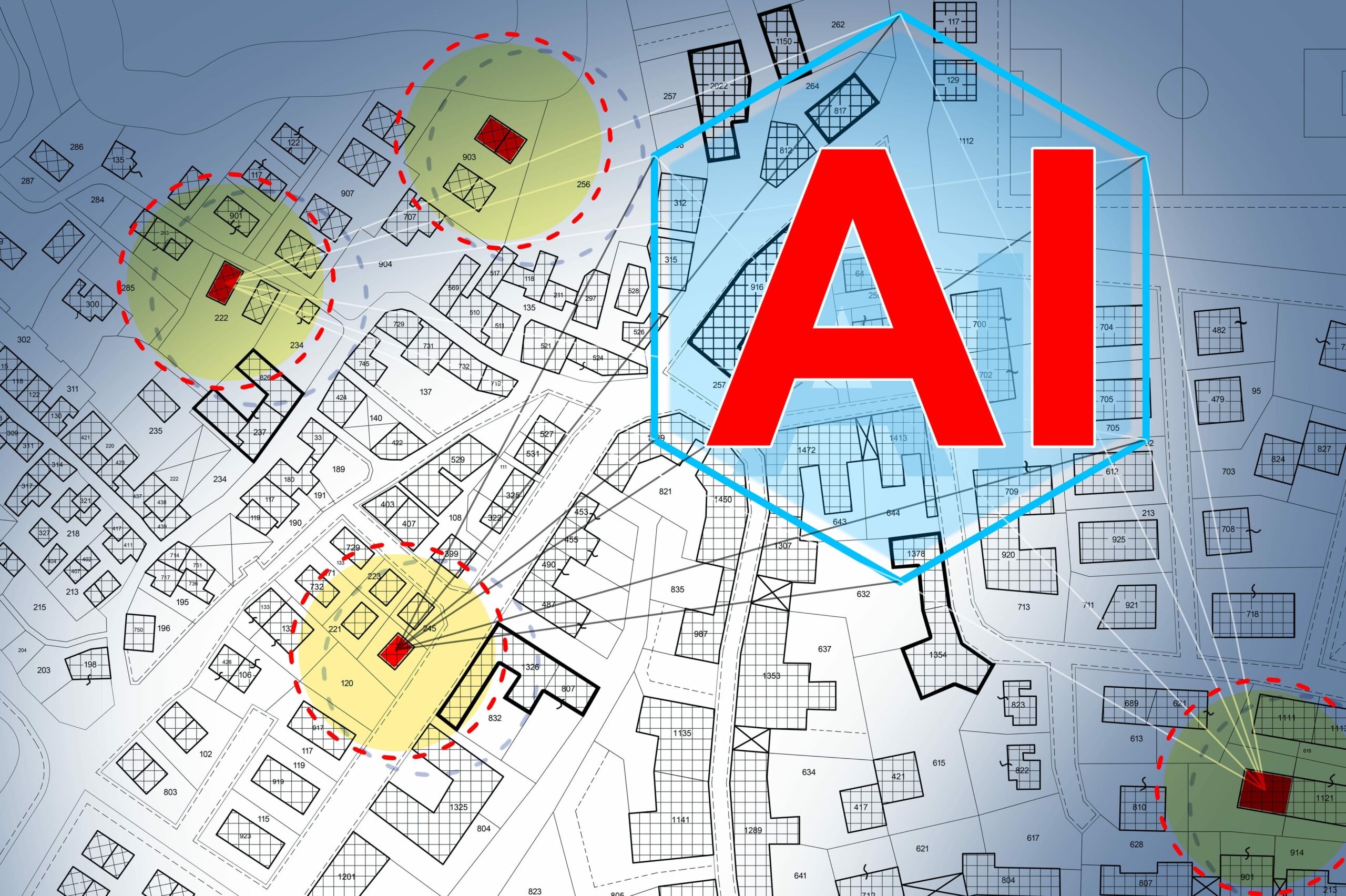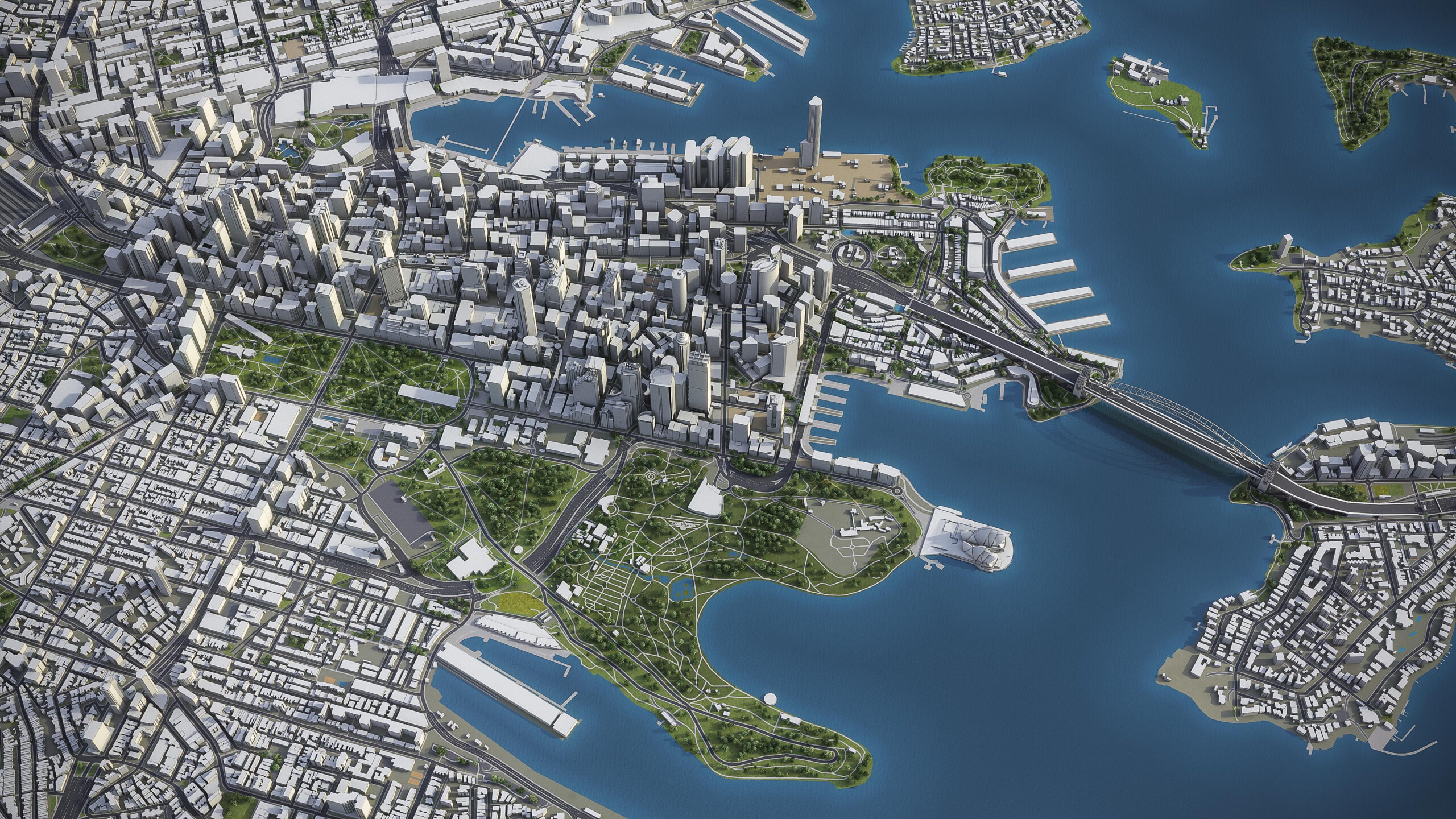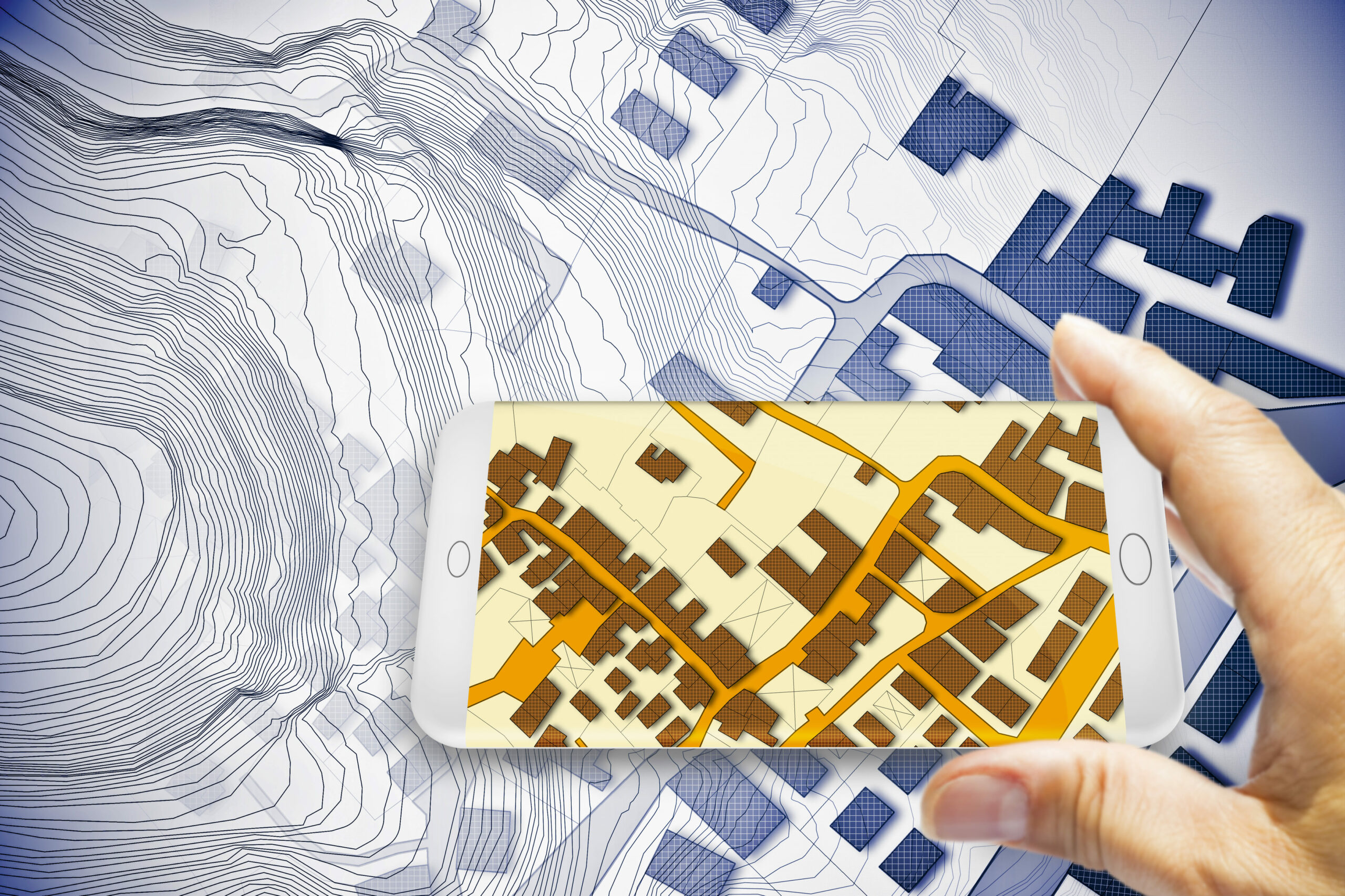The world is shifting! Investors are demanding more than just financial returns; they want to see companies actively contributing to a sustainable future. This is where Environmental, Social, and Governance (ESG) factors come in. But how do we truly measure a company’s ESG performance? The answer is geospatial data!
The rapidly growing availability of geospatial data paves the way for better evaluation of Environmental, Social and Governance (ESG) performance and ultimately, better informed ESG investing. Imagine a world where companies can pinpoint areas of environmental degradation, assess the social impact of their operations on local communities, and track their progress towards sustainability goals – all through the power of maps. This is the future that geospatial data is unlocking.
This blog explores how geospatial data management empowers companies to address environmental, social, and governance issues effectively.
But first, let’s understand ESG.
What is ESG?
ESG, short for Environmental, Social, and Governance, encompasses a set of criteria used to assess the sustainability and ethical impact of companies or organizations. These criteria are pivotal for investors, stakeholders, and society to gauge the ethos of businesses and institutions.
- Environmental (E): Focuses on a company’s impact on the environment, covering areas such as climate change, resource management, and biodiversity.
- Social (S): Assesses how a company interacts with its employees, customers, communities, and other stakeholders, including factors like labor practices, human rights, and community engagement.
- Governance (G): Refers to the systems and structures guiding a company’s decision-making processes and overall corporate behavior.
Decoding ESG: Environmental, Social, Governance criteria crucial for sustainable business practices
Geospatial ESG Fundamentals
Geospatial ESG involves leveraging geospatial data to scrutinize the environmental impact and other ESG variables across diverse entities, including commercial assets, companies, portfolios, or geographical regions. This process initiates with precise asset location and ownership definition, culminating in insights drawn from observational data.
Integration of Data Sources
Geospatial data seamlessly integrates with ground monitoring data and traditional ESG data points, enriching insights. This amalgamation furnishes independent, global perspectives on environmental impact and risks, offering benefits to singular assets, companies, or entire regions.
Key Technologies in Geospatial ESG
- Geographic Information Systems (GIS): Empowers precise mapping and analysis of environmental data, vital across various sectors.
- Remote Sensing: Provides real-time data on land use, forest cover, and water quality, pivotal for informed decision-making.
- Spatial Data Analytics: Monitors environmental shifts, evaluates risks, and ensures sustainable resource management.
- Building Information Modeling (BIM): Facilitates detailed digital representations of buildings and infrastructure, optimizing energy consumption and sustainability.
Geospatial ESG Across Sectors
- Urban Development: Facilitates smarter city planning, infrastructure management, and the promotion of green building practices.
- Agriculture: Optimizes crop yields, manages water resources, and mitigates environmental impact.
- Forestry: Enables monitoring of deforestation, tracking biodiversity, and conservation area management.
- Disaster Management: Assists in risk assessment, emergency response planning, and resilience building.
How Geospatial Technology Drive ESG Integration and Climate Resilience for a Sustainable Future?
The World Bank estimates that over 90% of global disasters are weather-related. This highlights the critical role of geospatial technology (geo-tech) in building resilience and driving sustainability. Geo-tech is a powerful toolkit that utilizes geographic data and analysis to tackle climate challenges and accelerate the shift towards a greener future. It encompasses tools like geographic information systems (GIS), remote sensing, light Detection & ranging (LiDAR) and satellite imagery etc.
Let’s explore how geo-tech empowers companies to integrate ESG principles and build climate resilience for a sustainable future.
1. Enhanced Decision Making
Geospatial data provides a comprehensive view of environmental dynamics, social demographics, and governance. Integrating this data into ESG frameworks helps decision-makers gain insights into the interconnectedness of various factors such as environmental degradation, social vulnerability, and governance effectiveness, leading to more informed and holistic decision-making.
2. Risk Assessment and Management
Geospatial technology precisely maps environmental risks such as floods, wildfires, and sea-level rise. Overlaying these maps with social and economic data helps companies and governments assess the potential impact on communities and infrastructure. This allows for proactive risk management strategies, including the development of climate-resilient infrastructure and the implementation of early warning systems to mitigate disasters.
3. Supply Chain Transparency
Geospatial technology facilitates the monitoring of supply chain activities, from raw material sourcing to product distribution. Satellite imagery and GPS tracking help trace material origins, monitor land-use changes, and ensure compliance with environmental regulations, promoting sustainable practices and identifying areas for improvement.
4. Natural Resource Management
Geospatial data offers insights into sustainable management of natural resources. For instance, satellite imagery can monitor deforestation patterns, assess biodiversity hotspots, and track changes in land cover over time. Integrating this data into ESG strategies aids in conservation, ecosystem restoration, and promoting sustainable land use, mitigating climate change impacts.
5. Community Engagement and Resilience Building
Geospatial technology facilitates community engagement by empowering local stakeholders with valuable information about their environment. Participatory mapping and citizen science help identify hazards, assess vulnerabilities, and co-design adaptation strategies, fostering tailored resilience-building efforts to withstand climate-related challenges.
6. Measuring and Reporting ESG Performance
Geospatial technology provides tools for accurately measuring and reporting ESG performance accurately. By leveraging spatial analytics, companies can quantify their environmental footprint, assess social impact, and evaluate governance practices. Geospatial dashboards and interactive maps offer a user-friendly interface for visualizing complex data sets and tracking progress towards sustainability goals. This transparency fosters accountability and enhances stakeholder trust, driving continuous improvement in ESG performance.
Conclusion
Geospatial mapping is pivotal for ESG compliance and informed decision-making. It allows companies to assess environmental impact, social dynamics, and governance structures accurately. Integration of geospatial tech into ESG frameworks empowers stakeholders to drive positive change and resilience against climate challenges. From urban planning to disaster management, agriculture to forestry, geospatial mapping provides actionable insights for sustainability.
Magnasoft’s approach to energy-efficient refurbishments ensures comprehensive and effective results. Our comprehensive environmental assessments provide actionable insights, and our global delivery model offers flexibility for large-scale projects. By integrating these steps, we are paving the way in making our projects more sustainable and efficient, adhering to ESG principles. For more information about our services, contact us directly. Together, we can build a sustainable future.
This blog serves as a prelude to our next discussion on the practical applications of these initiatives. Our upcoming blog will delve into specific projects executed by Magnasoft, highlighting our contributions to ESG in the context of building and infrastructure sectors. We will explore how geospatial technologies are being used to enhance the sustainability and efficiency of buildings, making them more eco-friendly and resilient.













